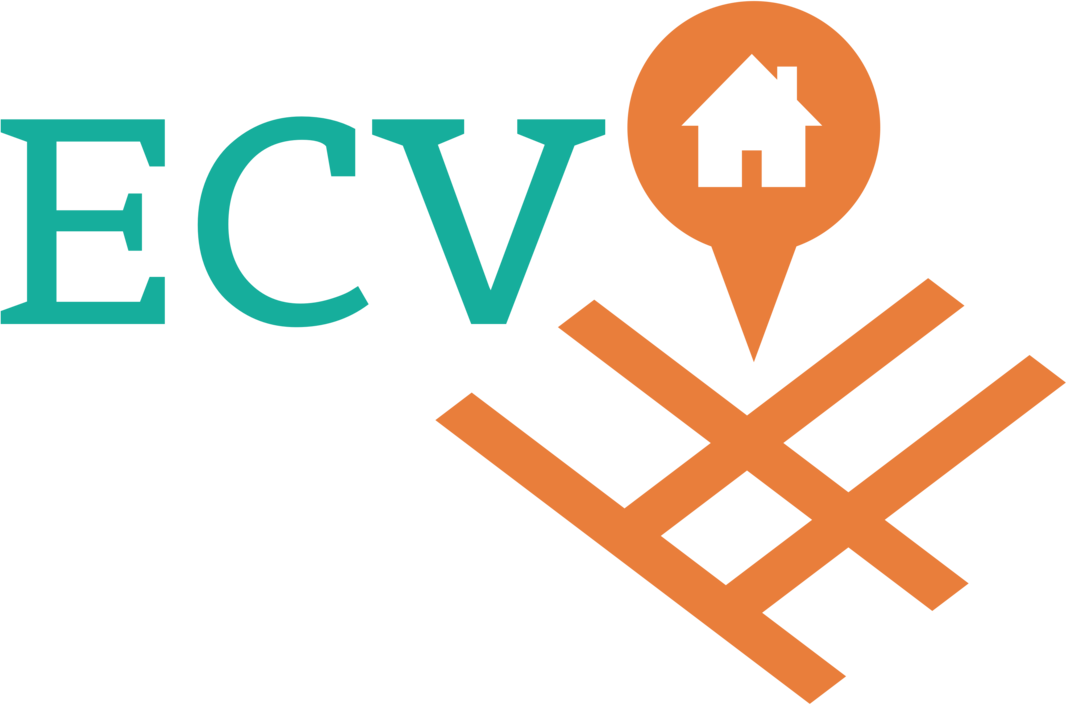How to Identify Signs And Symptoms Of Illness And Injury
As a Direct Support Professional (DSP), you are often the first line of defense when it comes to; noticing signs and symptoms of illness and injury in patients. Being aware of these signs and symptoms can help you make more informed decisions and assist your patient most efficiently.
Part of being a Caregiver is observing the changes in the patient body and behavior; by spending time with them, examining their daily routine, mood, behavior, temperature, pulse, ways they use to communicate, and physical health conditions.
To do this effectively, the DSP must have good communication (asking questions and listening to the individual and others) and observation (using senses to identify changes) practices since these tools will help the Care Providers recognize these subtle changes.
Observation and Communication
Communication: Is as simple as just asking questions and actually listening to the answers from the individuals and others (their family members or friends), and being there when they need to talk to someone or have a problem. A good Caregiver is like a detective by asking a lot of questions and actively listening to them to solve the case. If you want to read more about this magic skill called listening check this *Link to Active Listening blog post*
Observation: includes using all the senses like sight, hearing, touch, and smell. These may include. Seeing physical changes like redness, swelling, tears, hearing screaming, crying, noisy breathing, etc. Create an observation blog post.
Think of these two as the foundations of your house; if your foundations are not strong, they will eventually fall. The same thing occurs with this; if you're not good at communicating and observing you’ll have a hard time as a Healthcare Professional.
Changes The DSP Should Look For?
The DSP looks for the given below changes in the individual:
Behavior
Daily routine
Appearance
Ways of communication
Physical health
General mood or manners
Some physical changes to which DSPs pay heed attention are:
Skin
Eyes
Nose
Ear
Mouth and throat
Breathing (lungs)
Muscles and bones
Heart and blood vessels
Abdomen, bowel, and bladder (stomach, intestines, liver, urinary tract)
Reproductive organs
Reacting To Changes
Many changes in the individuals require DSP to take action. After identifying the change, the DSP decides if the change is a potential sign or symptom of illness or injury. Different signs and symptoms require different levels of reaction/response. The levels of emergency response include:
911 call: DSP calls 911 when medical emergencies require immediate medical attention.
Urgent call to the doctor: if serious signs or symptoms occur that require a phone call to the individual's doctor as soon as possible.
Routine treatment: signs or symptoms managed by simple First Aid or written prescription by the doctor.
Reporting And Documenting Changes
No matter what action the DSP takes after examining the changes, he must report it (tell it ) and document it (write it):
● Must document Medical emergencies, Urgent calls to the doctor, and routine treatment provided in the individual's record.
● Routine treatment must be completed under a doctor’s order. Urgent calls to the doctor may require a special incident report, and Medical emergencies must be reported to the regional center, Community Care Licensing, and other protective services agencies.
DSPs are highly trained in managing chronic health care conditions like diabetes, epilepsy disorders, and high-risk health problems like skin breakdown, constipation, and risks from exposure to sun and heat.
“Trainer Resource Guide page 48”
If you want to find out more about our available training and information, along with access to previous training materials from past events, sign up for FREE to become a member of Ca Care Association. This way, you can stay updated with the latest skills training and news regarding the Adult and Senior Caregiving Industry in California.

